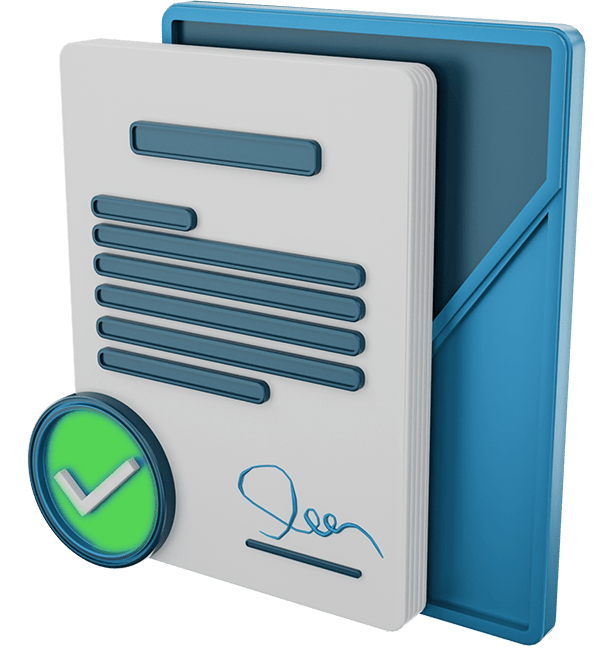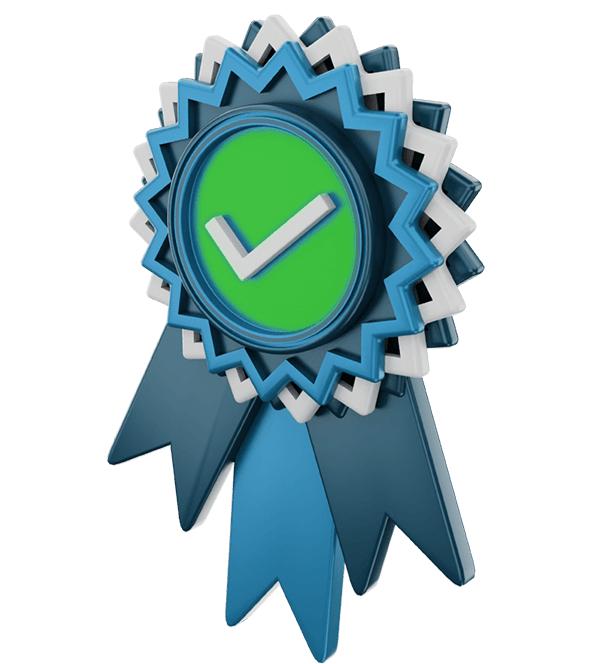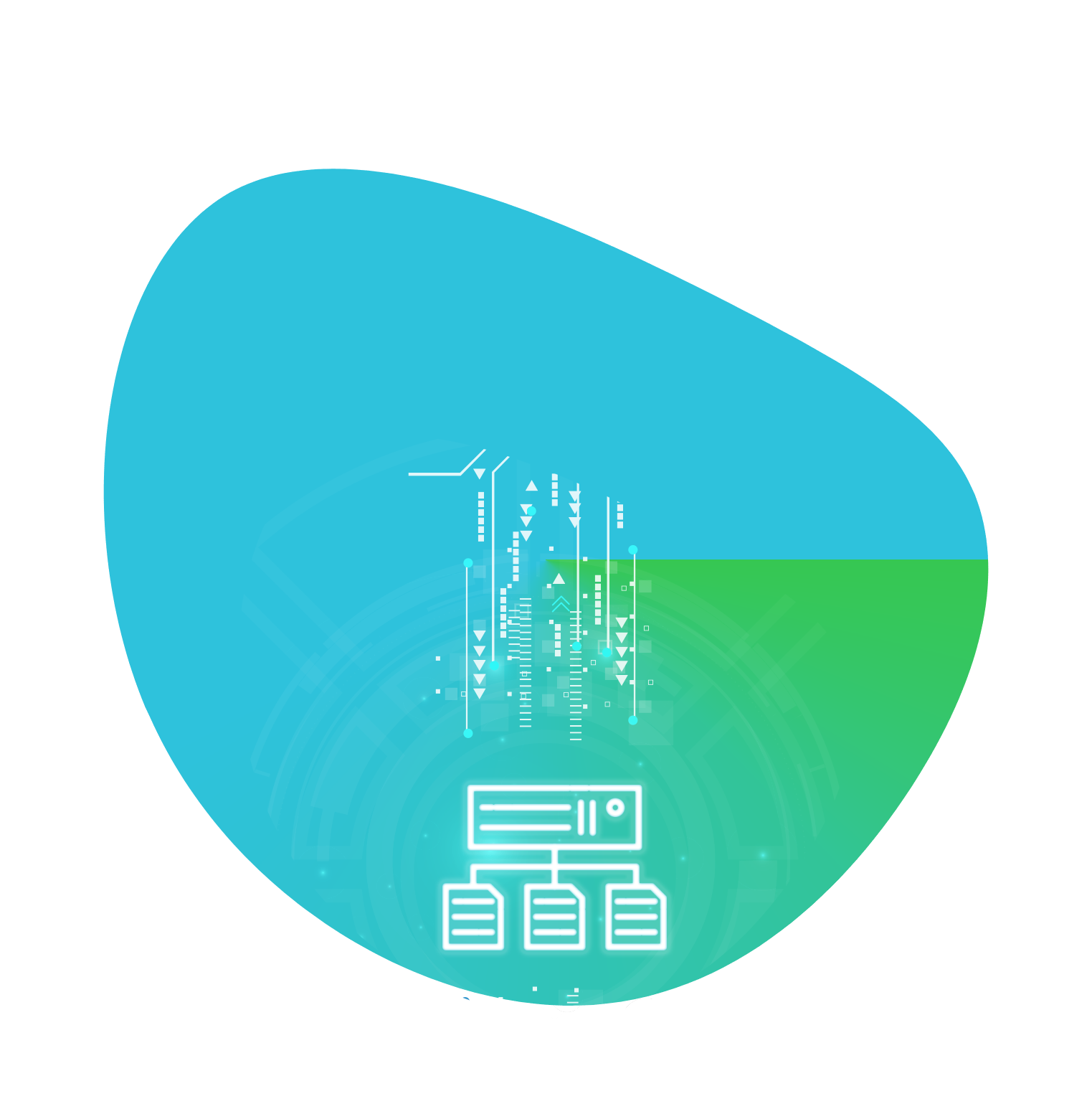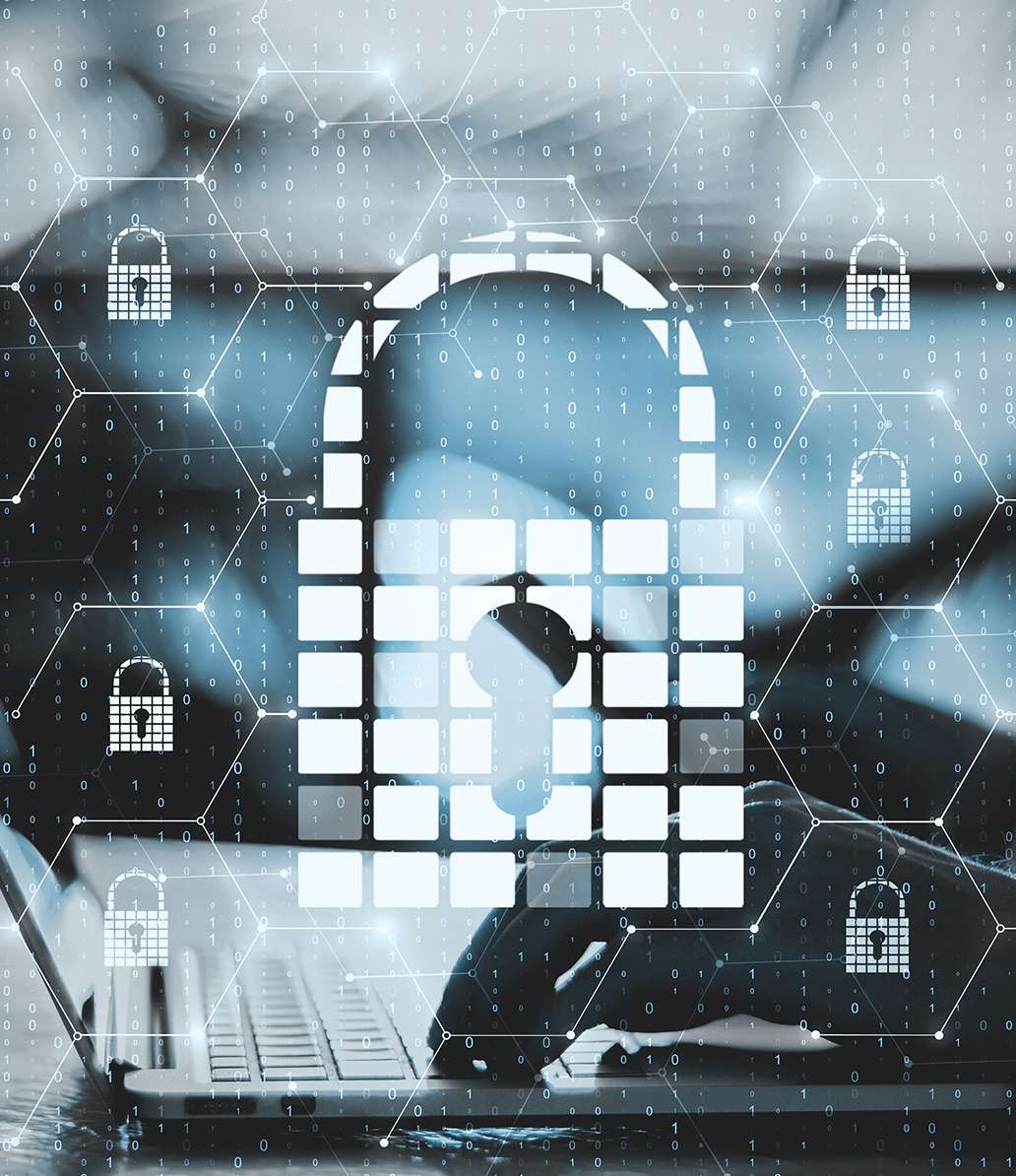🇺🇸 Language
What is master and reference data management solutions
Today, enterprise data is distributed across versatile applications and systems (such as ERPs and CRMs). As a result, there is a high probability that data across different departments can easily become fragmented, redundant, and often out of date. Your company may find it very difficult to answer even the most rudimentary, but important inquiries about any performance indicators in such a scenario. For example, master data management might answer basic business questions, such as “What is the profit margin on products/services?” and “What is the most profitable business unit?”
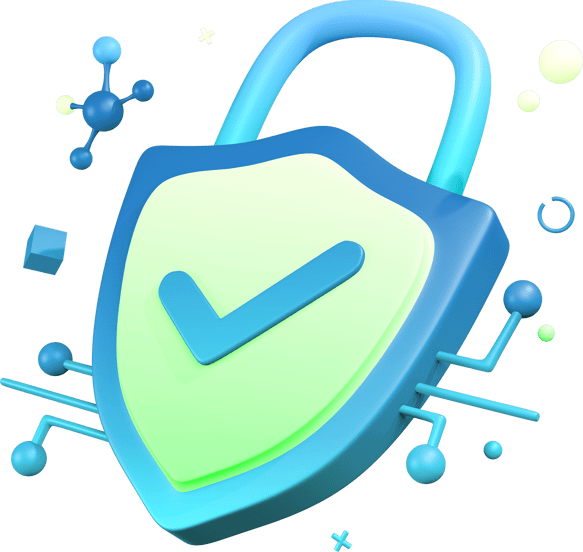
DATA MANAGEMENT
DATA MANAGEMENT
Reference data management
It is the data used to classify or classify other data that is usually static or changes slowly over time. Examples of reference data include: (Units of measurement, country codes, company codes, calendar structure and restrictions) The organization and management of reference data is fundamental to ensuring its quality and therefore fitness for purpose. All aspects of an organization, operational and analytical, depend heavily on the quality of the organization's reference data. Without consistency across a business process or applications, for example, similar things can be described in very different ways


Reference data management:
It is the data used to classify or classify other data that is usually static or changes slowly over time. Examples of reference data include: (Units of measurement, country codes, company codes, calendar structure and restrictions) The organization and management of reference data is fundamental to ensuring its quality and therefore fitness for purpose. All aspects of an organization, operational and analytical, depend heavily on the quality of the organization's reference data. Without consistency across a business process or applications, for example, similar things can be described in very different ways.
Implementing the ISO 27001 Information Security Management System:
• A systematic study of information security risks within the organization
taking into account threats, vulnerabilities and the effects resulting.
• Design and implement a coherent and comprehensive set of
information security controls, risk handling procedures unacceptable risks.
• Adopting a comprehensive information security system to ensure
that information security controls continue to meet the organization's information security needs on an ongoing basis.

The benefits of Master Data Management System
Unified and consistent information across many networks
Better understand your customers
Integrated view of business data assets
Improved data reliability and confidence

The process — Behind the scenes.
Initiate Cybersecurity Operating model.
Initiate Cybersecurity Operating model
Establish an Operating Model framework
Initiate Cybersecurity Operating model
Establish an Operating Model approach
Initiate Cybersecurity Operating model
Defining Vision, Principles, Capabilities.
Initiate Cybersecurity Operating model
Establish an organization Blueprint
Initiate Cybersecurity Operating model
Building an organization Roadmap
Initiate Cybersecurity Operating model
Implementing an organization Blueprint
Initiate Cybersecurity Operating model
The methodology of master data management
Assessment and Planning
• Evaluate existing data sources, structures, and quality
• Identify key stakeholders and their requirements
• Define business goals and objectives for MDM implementation
Data Profiling and Analysis
• Analyze the quality, completeness, and consistency of existing data • Identify duplicates, inconsistencies, and other data quality issues
Data Standardization and Cleansing
• Standardize data formats, units, and values to ensure consistency
• Cleanse data by removing duplicates, errors, and inconsistencies
Master Data Modeling
• Implement data governance policies to manage access, data ownership, and stewardship
• Ensure compliance with regulatory requirements and industry standards
Integration and Data Consolidation
• Integrate master data from various sources such as databases, applications, and external systems
• Consolidate data to create a unified and centralized view of master data
Data Quality Management
• Establish data quality metrics and KPIs
• Implement data validation, enrichment, and monitoring processes
Data Synchronization
• Implement mechanisms for real-time or batch data synchronization across systems
• Ensure that changes made in one system are reflected in others
Metadata Management
• Manage metadata to provide context and meaning to master data elements
• Document data lineage, relationships, and business rules
Implementation and Deployment
• Select and deploy appropriate MDM tools and technologies
• Customize the MDM solution based on organizational requirements

How can Nozom help you?
Gap analysis (gap analysis) maturity assessment, penetration tests.
Design and operate security quality systems.
Conduct comprehensive audits and reviews of your organisation's cyber security situation.
Developing and formulating the organization's cyber security strategy.
Rehabilitation and employment services for security cadres, and the establishment of internal cyber security departments and offices.
Providing awareness campaigns and training courses for cyber security aimed at transferring knowledge and enhancing employee skills.
Applying the cyber security regulatory framework for service providers in the telecommunications, information technology and postal sectors.
Auditing and reviewing quality systems, and ensuring their compliance with regulatory and legislative requirements.
Installation and commissioning of security solutions (physical and electronic).
Formulate and implement an appropriate security incident response methodology and security incident reporting system

The process — Behind the scenes.
Initiate Cybersecurity Operating model.
Establish an Operating Model framework.
Establish an Operating Model approach.
Defining organization Vision, Principles, Capabilities.
Establish an organization Blueprint.
Building an organization Roadmap.
Implementing an organization Blueprint.
something good about how the work is done
ISO Standards




ISO/IEC 27001
ISO/IEC 27001
ISO/IEC 27001 is the international standard for information security.
Setting specification for an effective ISMS (information security management system).
ISO 27001's best-practice approach helps organizations manage their information security by addressing people, processes and technology.
ISO/IEC 27017 is a security standard developed for cloud service providers and users to make a safer cloud-based environment and reduce the risk of security problems.

ISO/IEC 27018
ISO/IEC 27018:2019
Confidentiality is a key concern in a cloud computing environment.
ISO/IEC 27018:2019 takes into consideration the regulatory requirements for the protection of identifiable personal information (IPI) that may be applicable in the context of risk assessment.
ISO/IEC 27018:2019 sets out guidelines related to a cloud service provider’s information security.

Information Security Management
NOZOM will Support you by:
Plan the implementation and operation of your service management system.
Implement the service management plan.
Monitor measure and review the achievement of service management objectives.
Identify actions for continual improvement.




ISO/IEC 31000
ISO/IEC 31000
The ISO 31000 risk management standard defines the requirements for effective risk management in enterprises, which can be applied to the planning, management activities.
The ISO 31000 communication processes in public, private or social areas, aiming to increase operational efficiency, management, shareholder trust.
The ISO 31000 minimizes deferent kinds of losses.

ISO/IEC 31000
ISO/IEC 31000 Result
ISO/IEC 31000 Enterprise Risk Management System Certificate shows that the organization has a corporate identity and gives reputation to its competitors.
In the ruthless competition conditions of today's world, every effort is to be one step ahead of the competitors.

Information Security Management
NOZOM will Support you by:
Plan the implementation and operation of your service management system.
Implement the service management plan.
Monitor measure and review the achievement of service management objectives.
Identify actions for continual improvement.



ISO/IEC 22301
ISO/IEC 22301
ISO 22301 Business Continuity Management System, establishes processes, procedures, decisions and activities
ISO 22301 ensures the continuation of the establishment activity as a result of the interruption of an activity after an unexpected negative situation within the company.
ISO 22301 measure the ability of the organization to provide the products or services continues to be determined at an acceptable levels.
proactive and reactive plans to help organizations avoid crises and disasters, they help to ensure that such situations can be quickly restored to the usual situation.

Information Security Management
NOZOM will Support you by:
Plan the implementation and operation of your service management system.
Implement the service management plan.
Monitor measure and review the achievement of service management objectives.
Identify actions for continual improvement.




ISO/IEC 20000
ISO/IEC 20000
ISO 20000 certification can help improve your organization’s reputation and set you aside from the competition.
building credibility and trust in your ability to manage your IT services effectively, it can elevate your organization when looking for new business opportunities.
ISO/IEC 20000 is the international ITSM (IT service management) standard, It enables IT departments to ensure that their ITSM processes are aligned with the business’s needs and international best practices.

ISO/IEC 20000
ISO/IEC 20000 Result
The standard describes a set of management processes designed to help you deliver more effective IT services.
It gives you the methodology and the framework to help you manage your ITSM.
allowing you in proving that your company follows the best practices; in turn, these best practices will help your organization to improve your delivery of IT services.

Information Security Management
NOZOM will Support you by:
Plan the implementation and operation of your service management system.
Implement the service management plan.
Monitor measure and review the achievement of service management objectives.
Identify actions for continual improvement.
Web Design
Ceating brand identities, digital experiences, and print materials that communicate clearly.
― Learn more
Exclusive
Digital Marketing
Ceating brand identities, digital experiences, and print materials that communicate clearly.
― Learn more
Search Engine Optimization
Ceating brand identities, digital experiences, and print materials that communicate clearly.
― Learn more
Social Media
Ceating brand identities, digital experiences, and print materials that communicate clearly.
― Learn more



10+
Years of Operation
Our team have been running well about 10 years and keep going.
98%
Positive Feedback
Our team have been running well about 10 years and keep going.
2,664
Projects Completed
Our team have been running well about 10 years and keep going.
Business Line
Digital Transformation
Is the profound shift that organizations undergo by integrating digital technologies into all aspects of their operations
CyberSecurity
We aim to support our clients' Cyber Security through the whole journey and fulfill roadmaps requirements.
Hear from
happy
customers.
We have three projects with this template and that is because we love the design, the large number of possibilities to customize the template and the support received. We recommend it!

Ray Charles
Netflix Chief Designer
HUB is by far the best theme here in Themeforest, I don't think anyone can match it's code quality, design or anything anytime soon! I hope you sell 10 million copies, I'm soooo glad I found it

Markfortez
Envato User
I’m only just starting to work with this theme, but so far it looks great and extremely customizable. Not everything was clear to me though, but the support has been absolutely amazing.

Divinginwonderland
Envato User

I would give LiquidThemes are five stars for each category if I could! I LOVE the demo site I was able to easily download and customize - I’m going to have the best portfolio site ever! Yay microinteractions!


